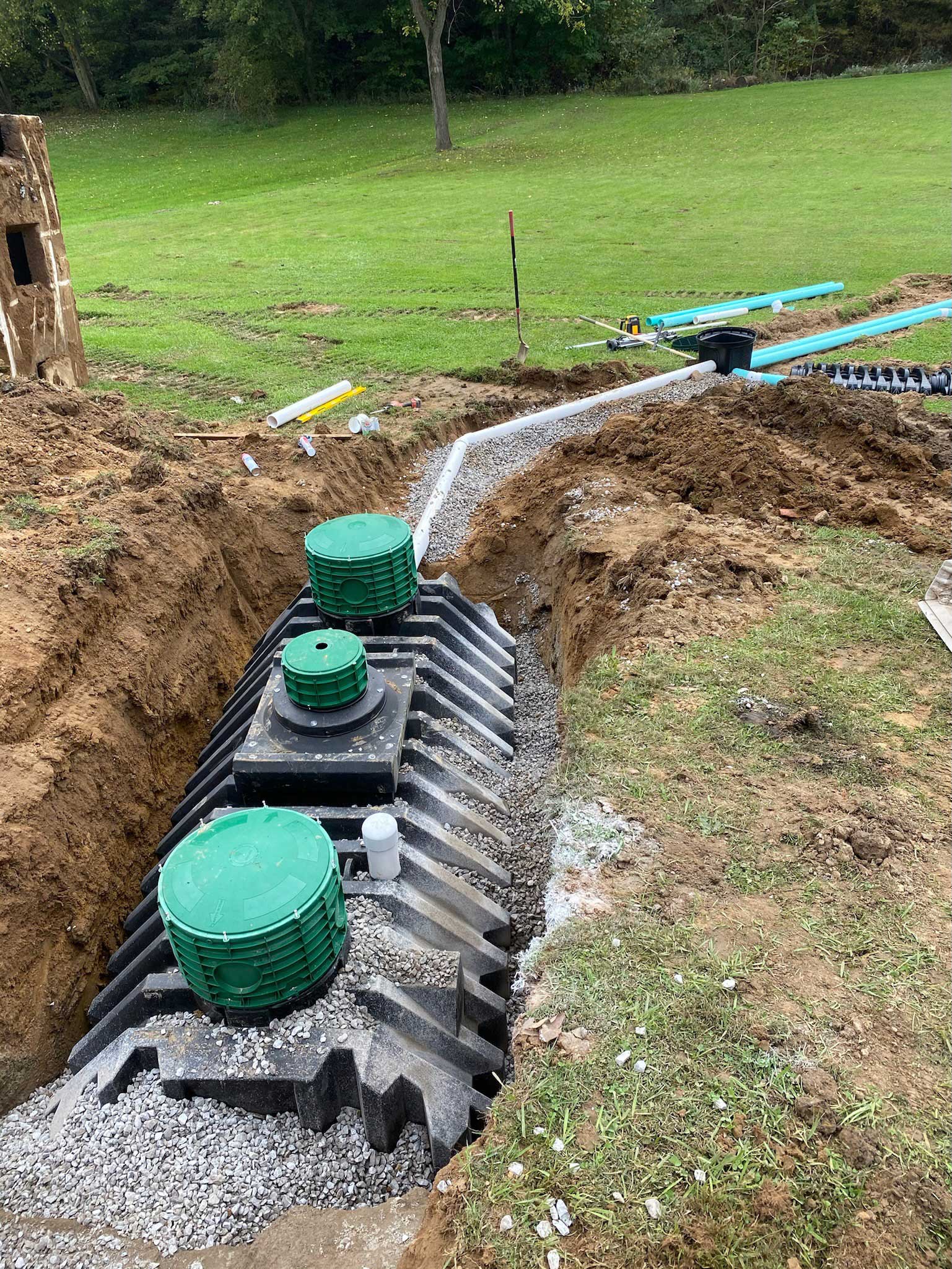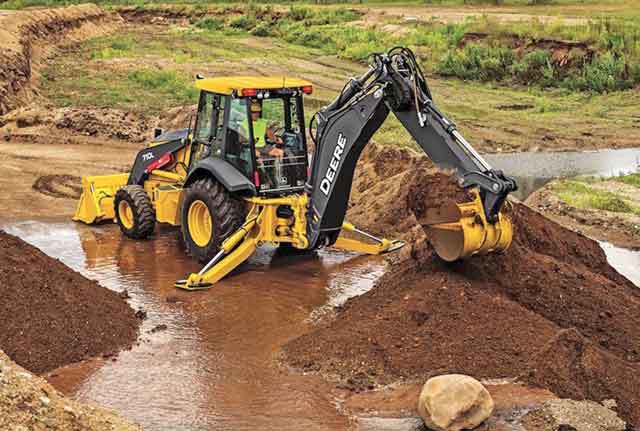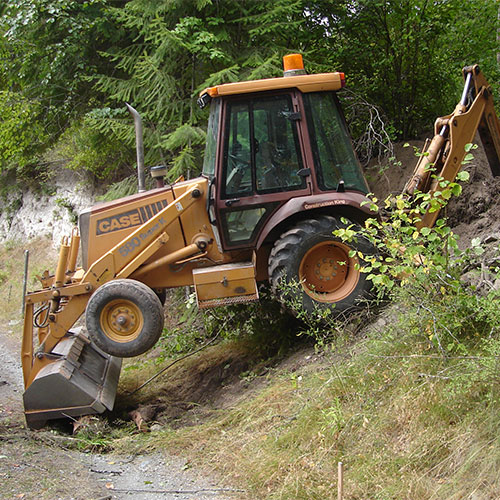Extensive Exploration: The Scientific Research Behind Superior Excavation Practices
The realm of excavation techniques is a domain name where science intertwines with craftsmanship to discover the secrets concealed underneath the planet's surface area. From old hand devices to modern hydraulic excavators, the evolution of excavation techniques has actually been a testimony to human ingenuity and technical advancements. What absolutely establishes superior excavation practices apart is a deep understanding of geological principles, paired with the utilization of cutting-edge devices and techniques. By checking out the scientific research behind these methods, we can discover the tricks that lie beneath our feet and value the accuracy and expertise that enter into every dig.
Development of Excavation Techniques
Throughout background, the development of excavation techniques has actually played a critical function beforehand building and construction techniques and archaeological explorations. From the simple devices utilized by our ancestors to the innovative equipment utilized in modern times, the development of excavation approaches has dramatically transformed just how we approach numerous jobs.
In old times, hands-on labor with fundamental devices such as pickaxes, wheelbarrows, and shovels was the primary approach of excavation. This labor-intensive process limited the deepness and extent of excavations, commonly resulting in sluggish progress and restricted accessibility to certain sites. As people advanced, so did the strategies and devices used for excavation.
The Industrial Transformation marked a transforming point in excavation experiment the intro of steam-powered equipment. This technology transformed the field, permitting for faster and more substantial excavations. In contemporary times, modern technology plays a crucial role in excavation, with developments like GPS systems, drones, and 3D scanning improving accuracy and effectiveness in the field. The development of excavation strategies remains to shape the method we develop, explore, and comprehend the globe around us.
Role of Innovation in Excavation

The assimilation of advanced technology has essentially reinvented the area of excavation, enhancing precision and performance to extraordinary levels. Among the essential technical developments that has dramatically affected excavation practices is the utilization of general practitioner systems. These systems enable for accurate mapping of excavation websites, allowing operators to accurately situate below ground utilities and structures. Additionally, making use of telematics in excavation devices has made it possible for real-time tracking of maker performance, leading to positive maintenance and boosted operational efficiency.
Moreover, the arrival of 3D modeling and simulation software has structured the preparation procedure for excavation projects. Engineers and drivers can now picture the whole excavation procedure before breaking ground, optimizing and identifying prospective difficulties operations. Along with this, the implementation of drones in excavation activities has assisted in airborne studies, volumetric dimensions, and website assessments with unparalleled rate and accuracy.
Geological Principles in Excavation
An understanding of geological principles is vital for making certain the architectural stability and security of excavation websites. Geological aspects play a crucial role in identifying the expediency and security of excavation Recommended Reading jobs (dump truck companies in ohio). One vital geological concept to take into consideration is the kind of dirt or rock existing at the site. Different dirt kinds, such as sand, crushed rock, or clay, have varying levels of stability and require different excavation techniques. Natural dirts like clay might need extra support to protect against collapses, while sandy dirts may be prone to erosion during excavation.
Moreover, the geological structure of the area, including mistakes, fractures, and rock developments, need to be thoroughly assessed to recognize possible threats and difficulties. Digging deep into near mistake lines or unstable rock developments can lead to instability and possible risks. By performing comprehensive geological studies and analysis, designers and excavators can establish strategies to alleviate risks and make certain the effective conclusion of excavation projects. Inevitably, incorporating geological concepts right into excavation practices is critical for attaining safe, effective, and lasting results.

Most Current Devices for Excavation
In the world of excavation methods, contemporary technologies in devices have revolutionized the performance and accuracy of excavation processes. These drones can provide thorough airborne surveys of excavation websites, providing real-time data on topography and prospective dangers.
Another cutting-edge tool acquiring appeal is the execution of 3D website link printing modern technology for developing personalized excavation devices. This allows for the manufacturing of specialized tools that are customized to the certain requirements of a project, increasing performance and decreasing downtime.
Furthermore, innovations in materials scientific research have brought about the growth of stronger and more long lasting excavation devices. dump truck companies in ohio. click to read more Tungsten carbide-tipped excavator attachments, for instance, deal exceptional efficiency in tough ground conditions, improving performance on-site
Science's Influence on Excavation Practices

Furthermore, clinical study on soil technicians and geotechnical engineering has supplied valuable insights into dirt actions, allowing excavation experts to make educated choices regarding excavation methods and soil stablizing strategies. Overall, science continues to drive development and improvement in excavation methods, making excavation tasks more efficient, affordable, and sustainable.

Final Thought
Finally, the evolution of excavation techniques has actually been substantially affected by improvements in innovation and a deeper understanding of geological concepts. The current devices and devices used in excavation have actually enhanced effectiveness and precision in the area. The application of scientific knowledge has actually considerably enhanced excavation techniques, bring about a lot more sustainable and effective techniques for excavating numerous kinds of materials.
In the realm of excavation practices, modern innovations in devices have actually transformed the effectiveness and precision of excavation processes. By leveraging scientific concepts, the excavation sector has been able to considerably enhance efficiency, accuracy, and safety and security in excavation processes. GPR allows excavation groups to non-invasively check and map subsurface structures, utilities, and potential hazards, allowing them to prepare excavation jobs with greater precision and reduced threat of mishaps.
Additionally, clinical research study on soil technicians and geotechnical design has actually offered valuable understandings into dirt habits, allowing excavation specialists to make educated decisions relating to excavation techniques and dirt stabilization strategies. Generally, science proceeds to drive development and renovation in excavation methods, making excavation projects a lot more efficient, cost-efficient, and sustainable.